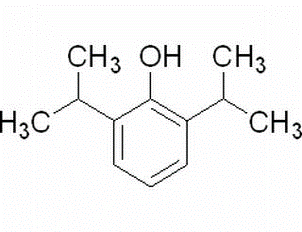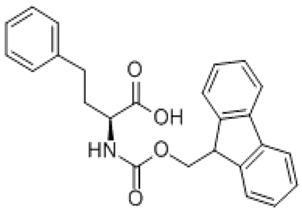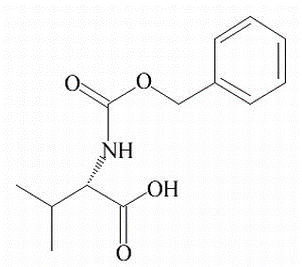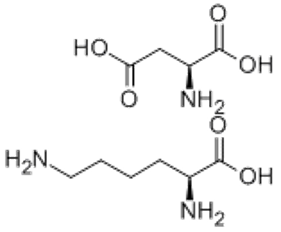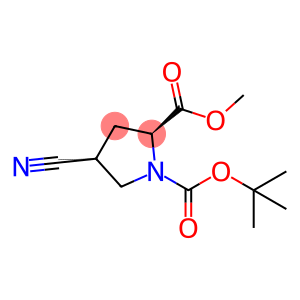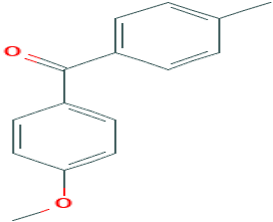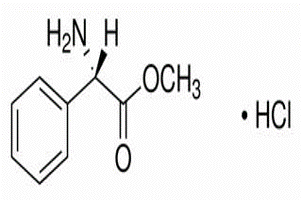Propofol(CAS# 2078-54-8)
Risk and Safety
| Risk Codes | R22 – Harmful if swallowed R36/37/38 – Irritating to eyes, respiratory system and skin. R20/21/22 – Harmful by inhalation, in contact with skin and if swallowed. R39/23/24/25 - R23/24/25 – Toxic by inhalation, in contact with skin and if swallowed. R11 – Highly Flammable |
| Safety Description | S26 – In case of contact with eyes, rinse immediately with plenty of water and seek medical advice. S36/37/39 – Wear suitable protective clothing, gloves and eye/face protection. S37/39 – Wear suitable gloves and eye/face protection S36 – Wear suitable protective clothing. S45 – In case of accident or if you feel unwell, seek medical advice immediately (show the label whenever possible.) S36/37 – Wear suitable protective clothing and gloves. S16 – Keep away from sources of ignition. S7 – Keep container tightly closed. |
| UN IDs | 2810 |
| WGK Germany | 3 |
| RTECS | SL0810000 |
| TSCA | Yes |
| HS Code | 29089990 |
| Hazard Class | 6.1(b) |
| Packing Group | III |
Propofol(CAS# 2078-54-8) Information
quality
Colorless to light yellow liquid with a peculiar odor. Soluble in most organic solvents, insoluble in water.
Method
Propofol can be obtained by using isobutylene as raw material and catalyzed by triphenoxy aluminum to alkylation of phenol.
use
Developed by Stuart and listed in the UK in 1986. It is a short-acting intravenous general anesthetic, and the anesthetic effect is similar to that of sodium thiopental, but the effect is about 1.8 times stronger. Rapid action and short maintenance time. The induction effect is good, the effect is stable, there is no excitatory phenomenon, and the depth of anesthesia can be controlled by intravenous infusion or multiple uses, there is no significant accumulation, and the patient can recover quickly after waking up. It is used to induce anesthesia and maintain anesthesia.


